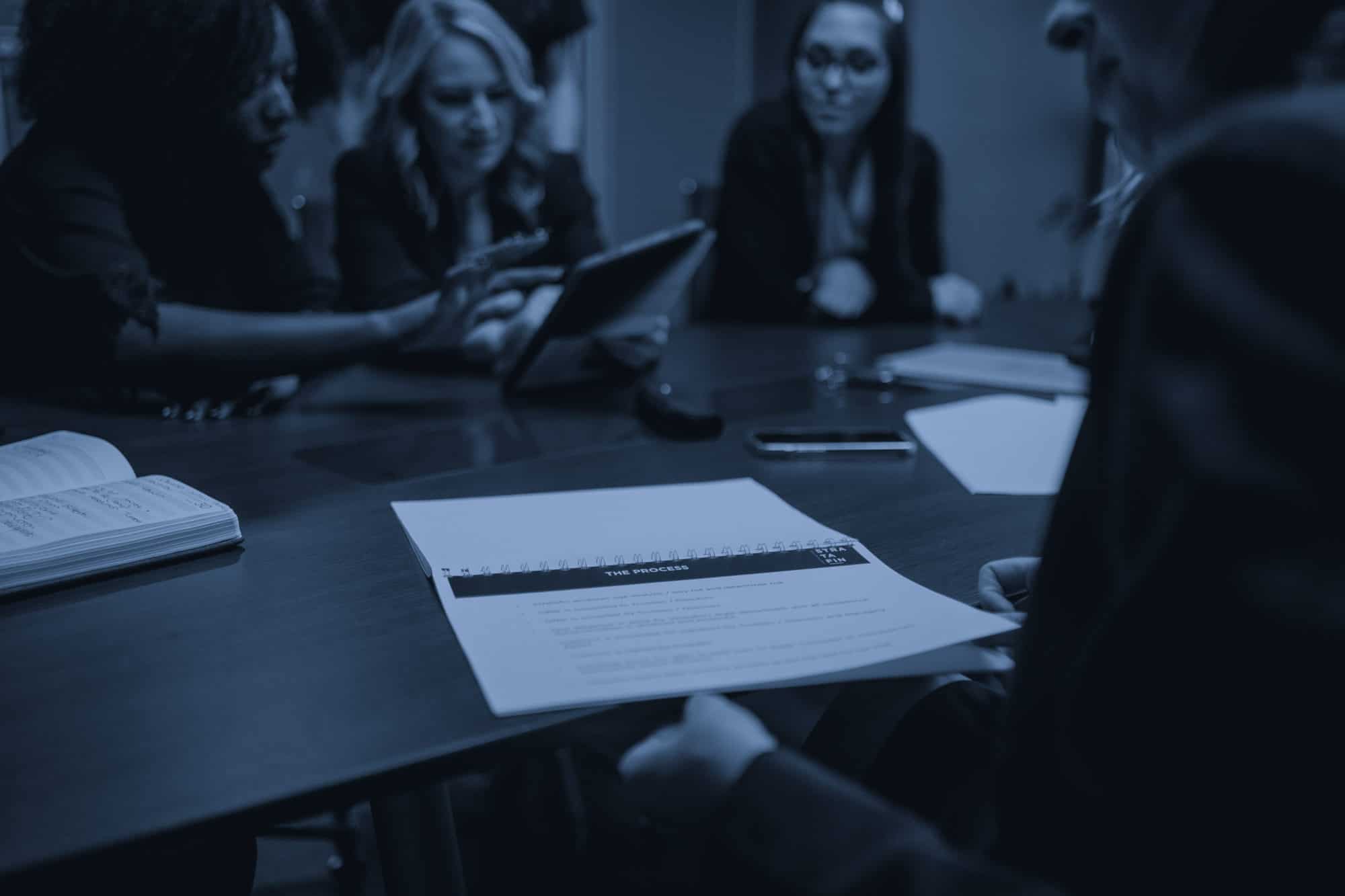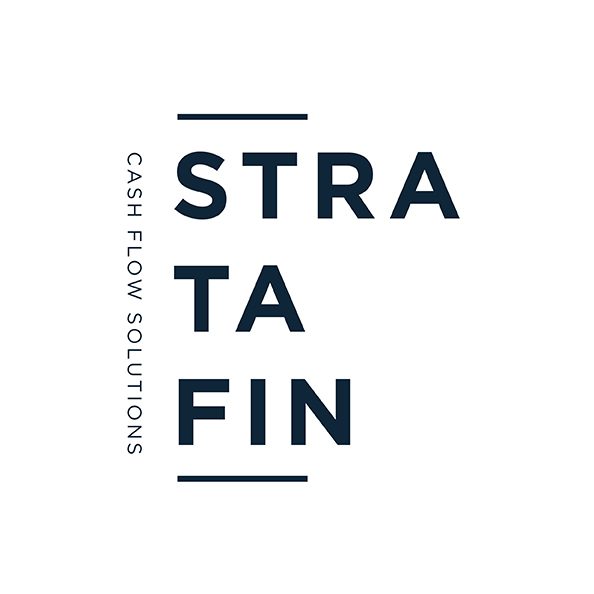Body corporate’s responsibility to collect levies
In terms of section 3(1) of the Sectional Titles Schemes Management Act 8 of 2011 (STSM Act”) the body corporate must establish and maintain an administrative and reserve fund and require owners to make contributions to such funds that are reasonably necessary and sufficient to cover the estimated annual operating costs and future maintenance and repair of common property. The body corporate must determine such amounts to be raised and then raise and collect the amounts by levying contributions on the owners. These contributions become due when the trustees pass a resolution to that effect in terms of section 3(2) and (3) of the STSM Act.
In terms of Prescribed Management Rule contained in Annexure 1 to the Regulations of the STSM Act (“PMR”) 25(1) the body corporate must, within 14 days after the approval of the annual budget at the AGM, give the members notice of their liability to pay the contributions levied, and this notice must include:
- the obligation to pay;
- specify the due date for payment;
- state that interest at a rate specified will be payable on any overdue contributions and charges; and
- include details of the dispute resolution process that applies in respect of disputed contributions and charges.
Collection of outstanding levies
- Final notice
In terms of PMR 25(2) where money owing is not paid on the date specified in the notice, the body corporate must send a final notice that must set out:
- the interest that is payable in respect of the overdue contributions and charges at the date of final notice; and
- the amounts that will accrue daily until payment is made; and
- that the body corporate intends to take action to recover the amounts due if the overdue contributions, charges and interest are not paid within 14 days after the date of final notice is given.
- Interest
In terms of PMR 21(3)(c) the body corporate may, on the authority of a written trustee resolution, charge interest on any overdue amount payable by a member to the body corporate, but the interest rate must not exceed the maximum rate of interest payable per annum under the National Credit Act of 2005, compounded monthly in arrear.
- Legal costs
In terms of PMR 25(4) a member is liable and must pay the body corporate all reasonable legal costs and disbursements, as taxed or agreed by the member, incurred by the body corporate in the collection of unpaid contributions, or any other arrear amounts due and owing by such member to the body corporate.
- Withholding payment on disputed amounts
An owner is not allowed to withhold their payment of the contributions if the amount claimed is disputed. A person is only entitled to set off a liquid debt once the matter has been adjudicated. The correct procedure to follow is to dispute the amount in an application to the Community Schemes Ombud Service. In terms of section 39(1)(c) of the Community Schemes Ombud Service Act 9 of 2011 (“CSOS Act”) an applicant can bring an application for an order declaring that a contribution levied is incorrectly determined or unreasonable, and an order for the adjustment of the contribution to a correct and reasonable amount.
- Collection procedure at Community Schemes Ombud Service
Section 3(2) of the STSM Act states that levies may be recovered by the body corporate by an application to an ombud from the persons who were owners of units at the time the resolution raising the levies was passed, provided that upon change of ownership of a unit, the successor in title becomes liable for the pro rata payment of such contributions from the date of change of such ownership.
- Collection procedures in court
Where a member fails to pay the body corporate all monies due the body corporate must follow the procedure set out in section 66 of the Magistrates Court Act 32 of 1944 read with Rule 36 for the attachment and sale in execution of the movable property of the owner against whom the judgement is obtained.
Where the member’s movable property is insufficient to cover the debt to the body corporate, the body corporate will have to resort to the most severe mechanism for the recovery of the debt which is the attachment and sale in execution of the unit in the scheme as set out in section 66(1)(a) of the Magistrates Court Act 32 of 1944 read with Rule 45(1) of the Uniform Rules of the High Court.
- Body corporate’s security for the payment of arrear levies
The ST Act provides the body corporate with a security provision (“embargo”) that restrains the registrar from registering transfer of a unit before all monies due to the body corporate are paid or provision for payment has been made. More specifically section 15B(3)(a)(i)(aa) of the ST Act states that:
“The registrar (of deeds) shall not register a transfer of a unit or an undivided share therein unless there is produced to him – (a) a conveyancer’s certificate confirming that as at date of registration – (i)(aa) if a body corporate is deemed to be established in terms of section 36(1), that body corporate has certified that all monies due to the body corporate by the transferor in respect of the said unit have been paid, or that provision has been made to the satisfaction of the body corporate for the payment thereof.”
- Documentation to prove claim
The body corporate will need to place itself in a position to justify “all monies due” with supporting documents, decisions, and resolutions to be placed in the best position to claim arrear levies from defaulting members. For example, when a body corporate makes an application to the ombudsman or court for the collection of arrear levies they need to fill in a prescribed application form accompanied by the following supporting documents:
- The signed trustee resolution authorising the raising of contributions.
- The notice sent to owners after the AGM confirming the contributions payable.
- The final demand sent to the owner requesting payment.
- A copy of the owners levy statement.
- The signed trustee resolution charging interest on any overdue amount.
These supporting documents are necessary to show that the contributions are due and owing such that the body corporate can prove their claim.
Conclusion
It is imperative that bodies corporate follow these procedures as soon as an owner’s levy account goes into arrears. The short reason for this is that there will be a shortfall in the body corporate’s account to cover the annual operating costs and future maintenance and repair of common property. In my next article I will discuss the consequence of an owner in arrears on the paying members in more detail.













